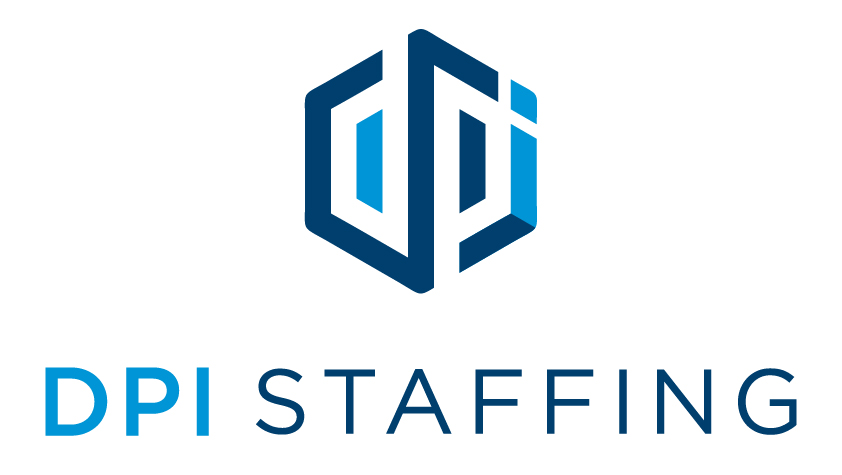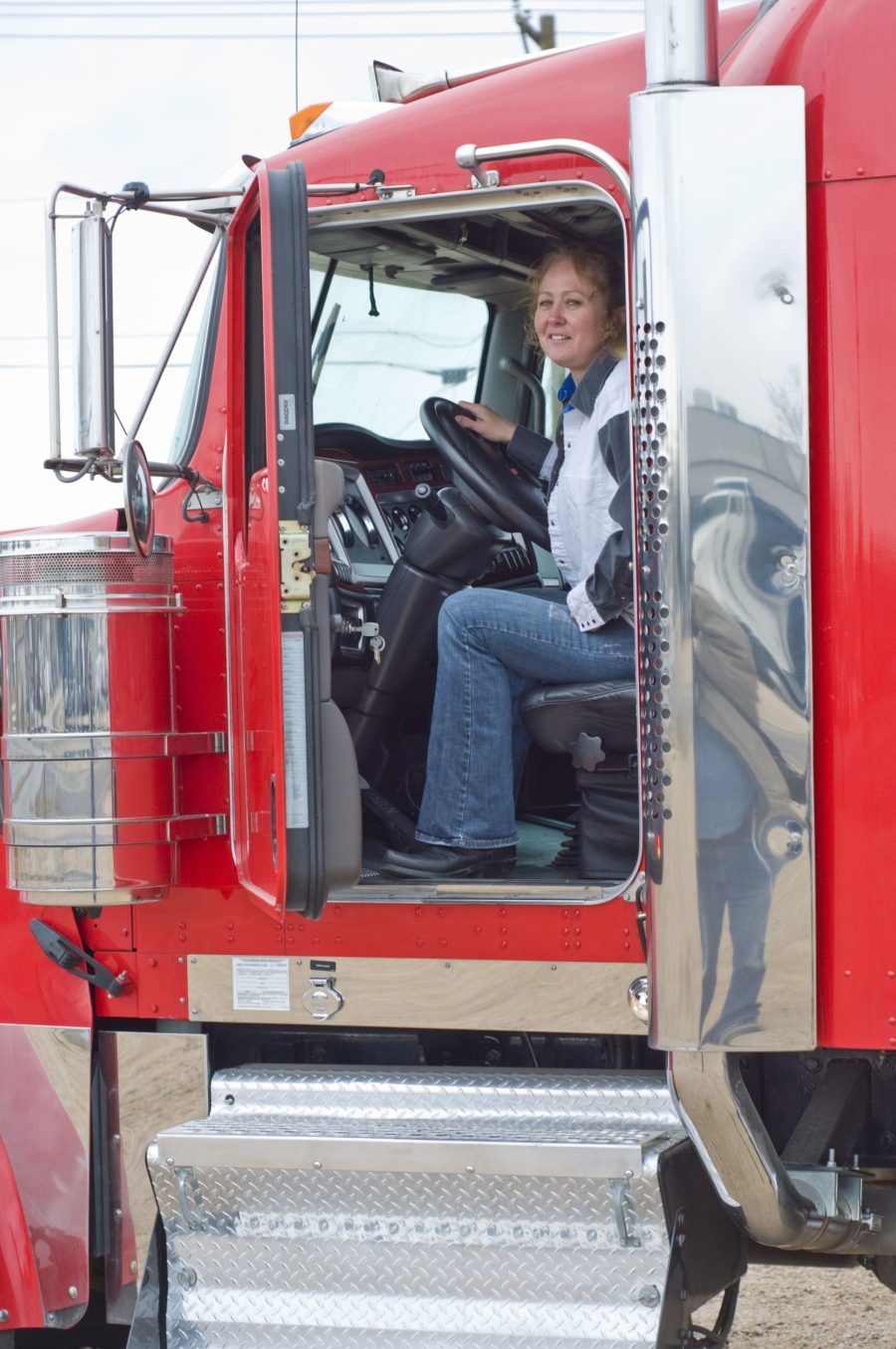The American trucking industry is facing a serious CDL truck driver shortage that doesn’t look to abate anytime soon. Despite the national unemployment rate being over 6%, the industry struggles to find enough qualified drivers.
This trend has far-reaching implications, considering the trucking industry’s integral role in the U.S. economy. Nearly 70% of all the freight tonnage moved in the U.S. goes on trucks, according to the American Trucking Associations (ATA). Moving more than 9 billion tons of freight annually requires more than 3 million truck drivers, according to the ATA.
THE PROBLEM
The ATA estimates that there is a current shortage of about 35,000 CDL drivers, and that shortage will increase on average by 100,000 a year. Ninety percent of U.S. carriers say they cannot find enough drivers who meet the Department of Transportation criteria. Turnover (the rate at which drivers leave the industry and are replaced by new drivers) is high at 92%, putting it above 90% for the second consecutive year.
This CDL truck driver shortage has a number of causes, including:
» Federal regulations and changes to the hours of service.
These changes reduce the number of hours drivers can drive and increase required breaks, meaning drivers are driving longer without extra pay, and trucking companies have to hire more drivers and use more trucks.
» Falling driver wages.
Average annual driver pay was roughly $40,000 in 2013, down 6% from 10 years prior when adjusted for inflation.
» Older drivers retiring and fewer young people coming into the industry.
The average age of professional drivers is 55 years old, according to the Bureau of Labor Statistics. Many companies are seeking physically fit drivers willing to work incredibly long hours.
» High demands of the job, including extended time away from home.
Many drivers leave the trucking industry to stay at home and have more time with their families, even though they may earn less in another industry. Young people entering the profession find that being a driver is more challenging than it first appears. Many new drivers to quit within three months of being an over the road (OTR) driver. These same young people may seek out a local driving position, only to find that they do not possess the experience required.
 THE SOLUTION
THE SOLUTION
Companies seeking help staffing driver positions need to be aware of this shortage of qualified, professional CDL truck drivers. Many companies want drivers who have stable work history. Yet job hopping in the trucking industry is at an all-time high, due to many of the challenges listed above.
The immediate solution is not an easy one, but there are a number of ways those within and without the industry can help. These include:
» Offering higher rates of pay.
A recent article in Logistics Management cited increasing pay as “potentially the most direct way to boost recruiting efforts.”
» Changing expectations of the “perfect driver” and showing flexibility in hiring.
This could include being willing to train seemingly less experienced drivers, and accepting the right driver for the job. That right driver may be older and might have had ten jobs in six years and a speeding ticket. However, that person may be a better fit than the driver who is younger and has had three trucking jobs in two years.
» Flexibility on the part of drivers seeking positions.
Local drivers need to understand that they need more than experience. Having a so-called “local” job may mean they are away from home a few nights a week, and will most often work long shifts 6 days a week. But in addition to driving, they are also expected to provide customer service and ably manage any complaints or issues.
» Spreading the word about the gravity of the driver shortage.
More attention has been focused on the shortage of late, helping to raise awareness on the part of drivers and employers and hopefully attract new talent to the field.
Addressing and overcoming the CDL truck driver shortage will not necessarily be easy. But with employers and drivers understanding the challenges and working together, compromises and adjustments can keep America’s trucking industry thriving.



 THE SOLUTION
THE SOLUTION